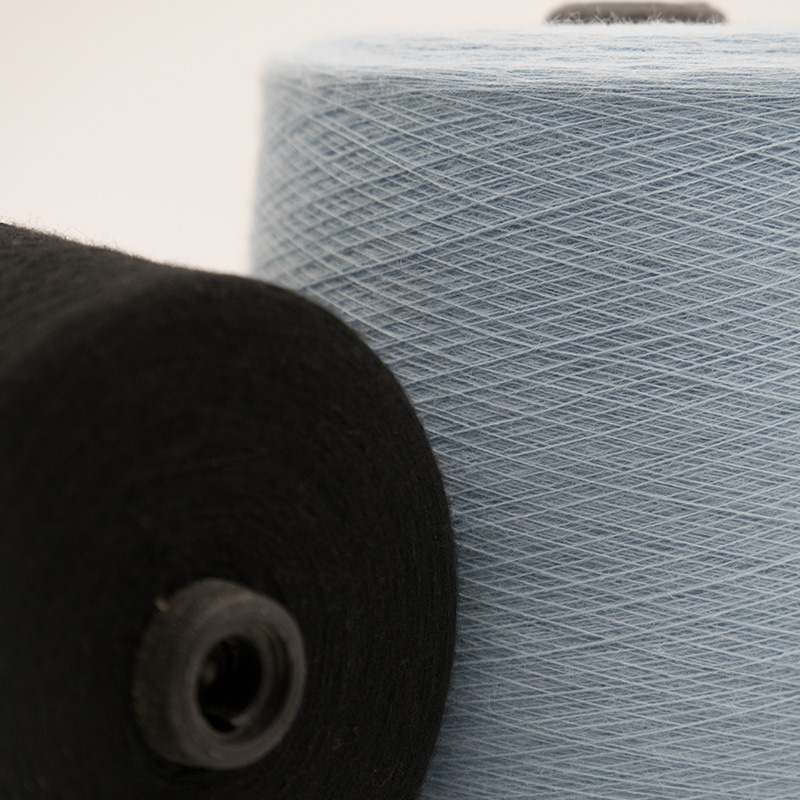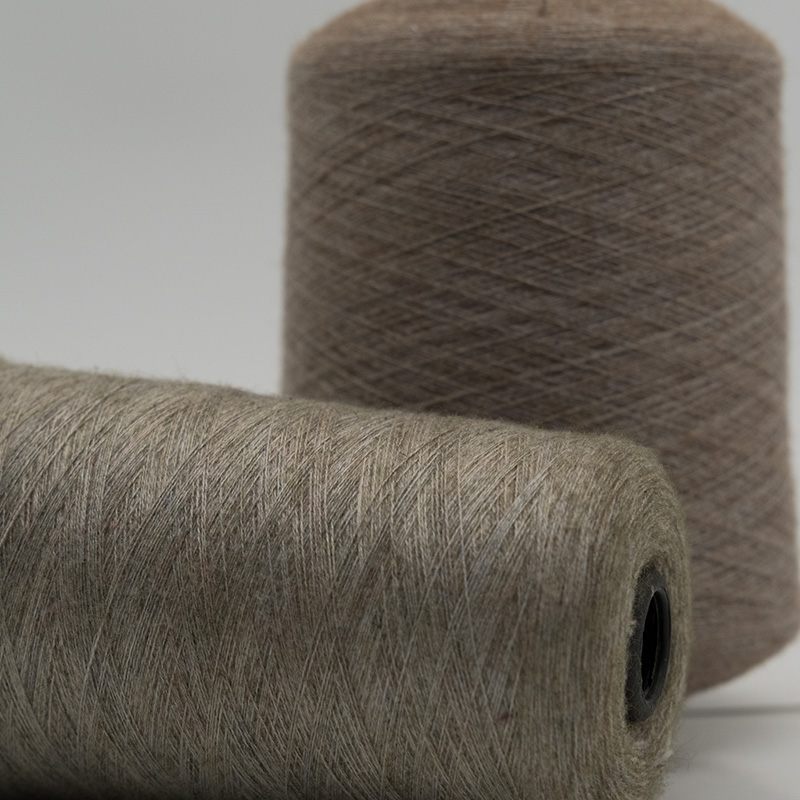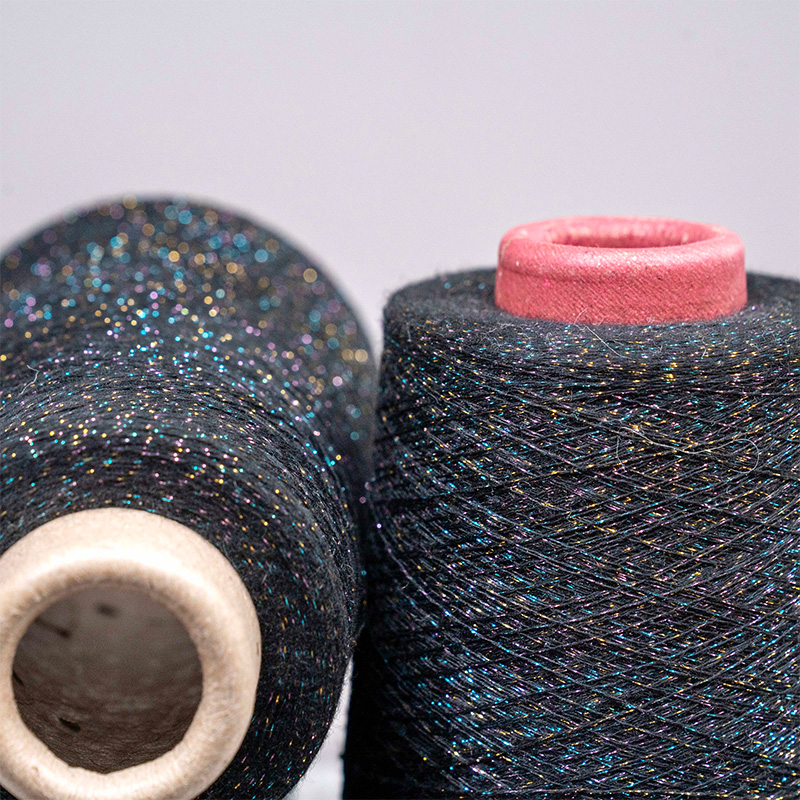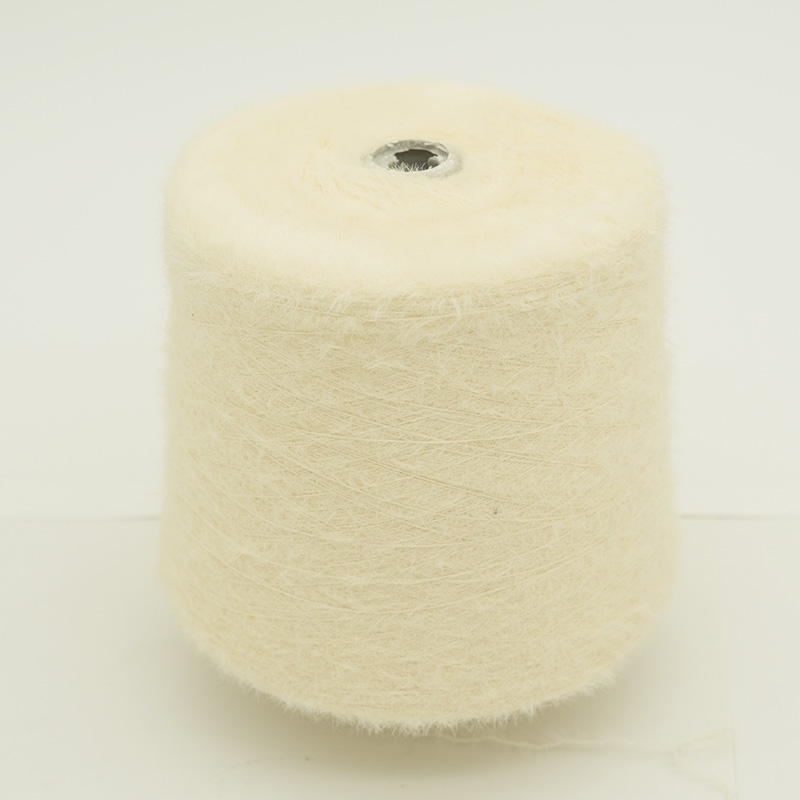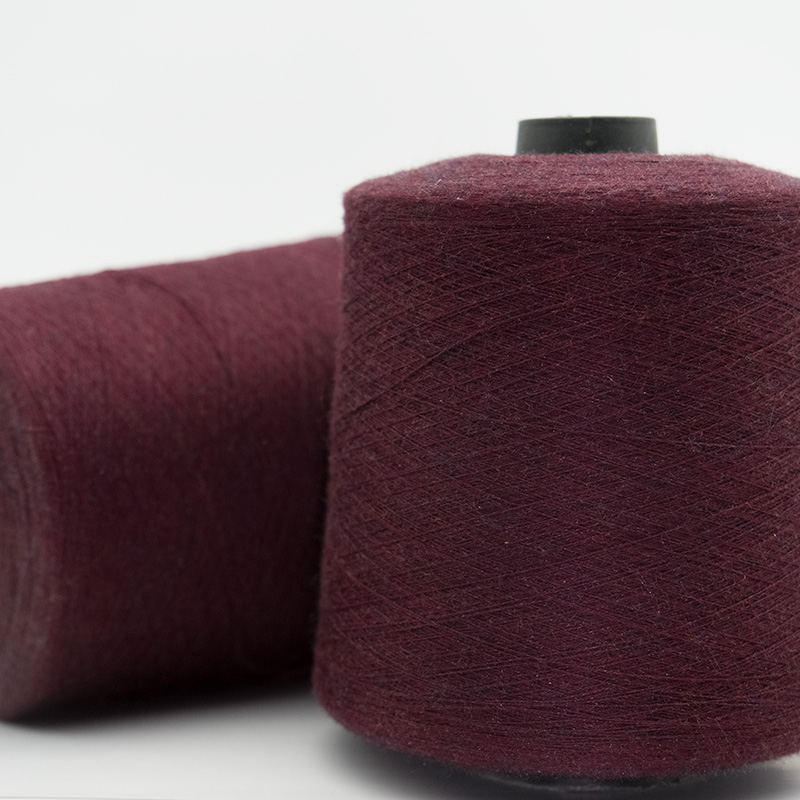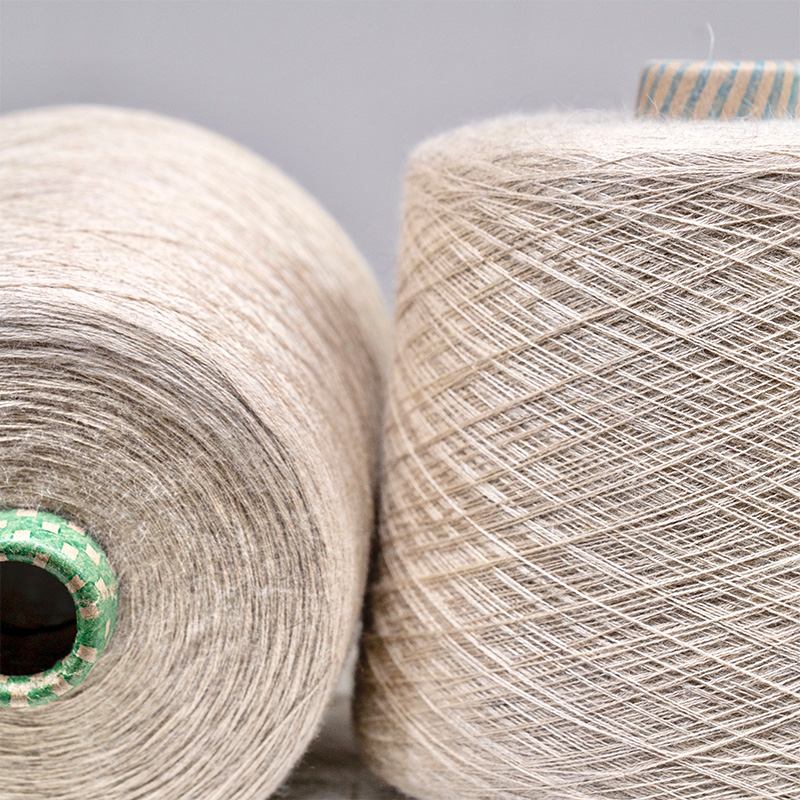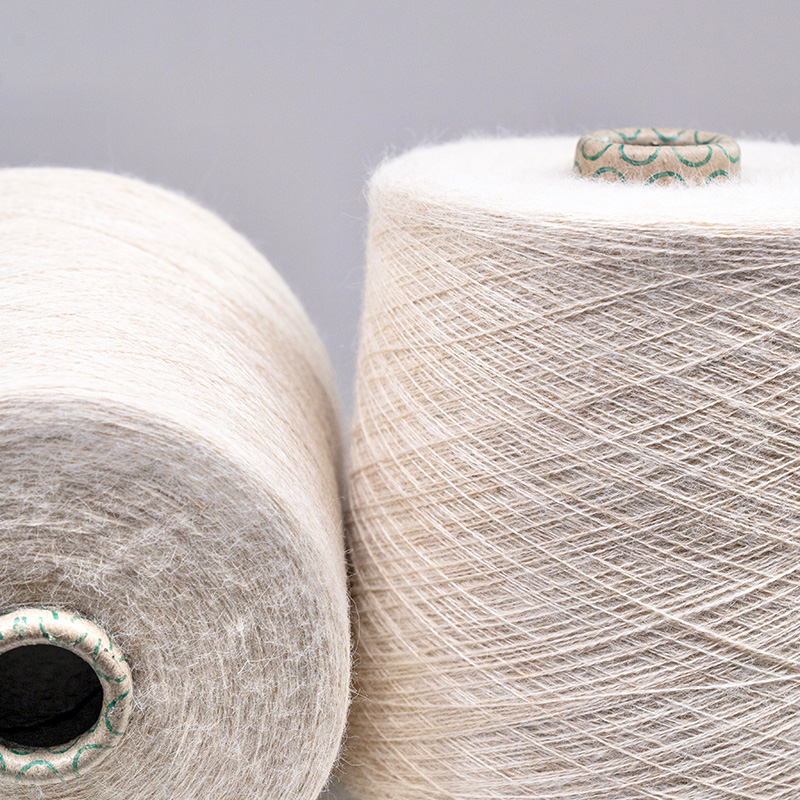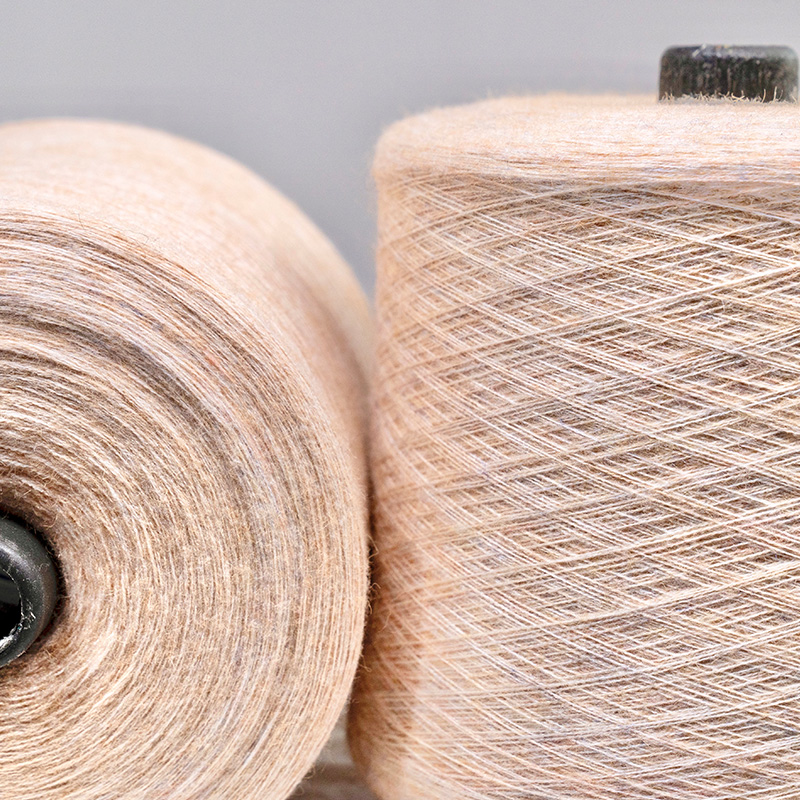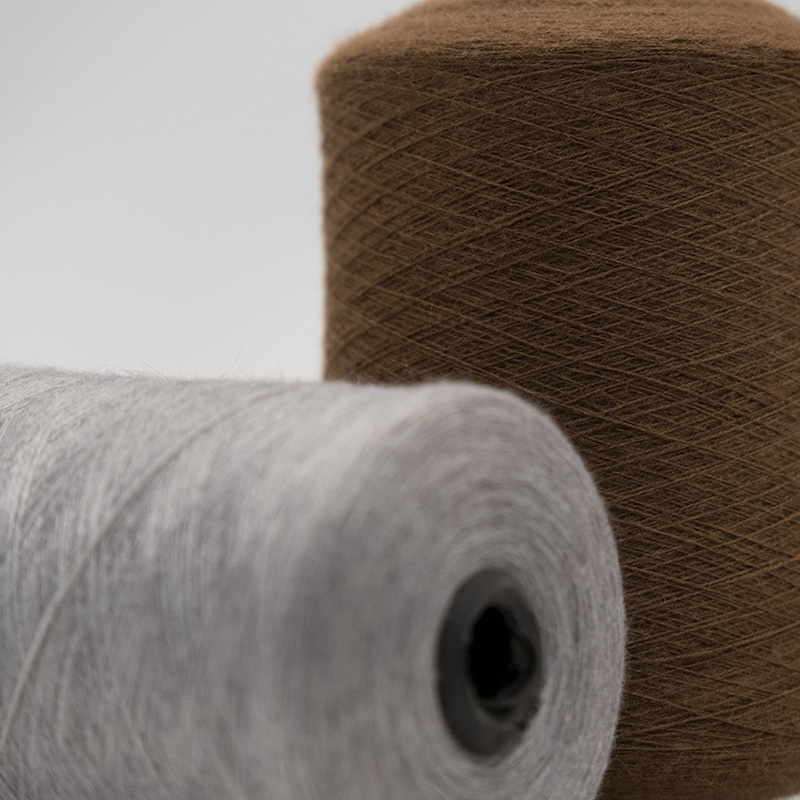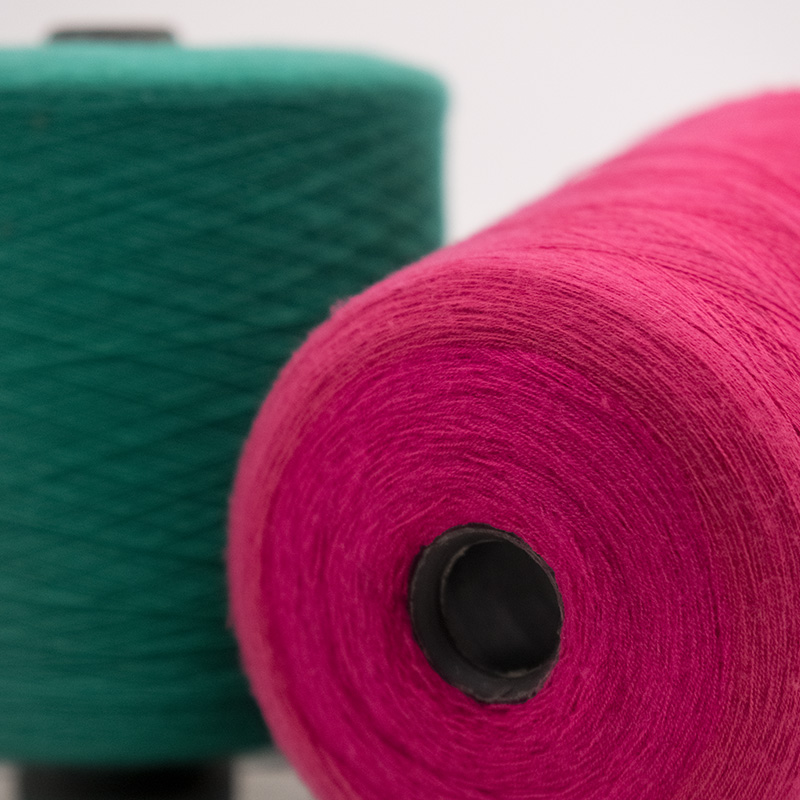What is Boiled Wool? Complete Guide to Uses, Benefits, and Care
2025-10-21
1. What is Boiled Wool?
Boiled wool is a type of fabric made from wool fibers that have undergone a fulling process, also known as felting. This process involves washing and agitating the wool in hot water, causing the fibers to shrink and interlock, creating a dense, durable, and slightly fuzzy material. Unlike regular wool, boiled wool is thicker, warmer, and resistant to fraying, making it ideal for outerwear and accessories.
2. Characteristics of Boiled Wool
Boiled wool has distinct qualities that set it apart from other wool fabrics. Understanding these characteristics helps in choosing the right material for garments and home textiles.
2.1 Durability and Strength
The felting process creates a tightly bound fiber structure, which enhances durability. Boiled wool resists wear and tear and maintains its shape over time.
2.2 Warmth and Insulation
Boiled wool is highly insulating due to its dense fiber network. It traps heat effectively, making it suitable for winter clothing like coats, hats, and scarves.
2.3 Softness and Comfort
Despite its thickness, boiled wool remains soft to the touch. It provides comfort while offering protection from cold and wind.
2.4 Water and Wind Resistance
The compact structure makes boiled wool naturally resistant to light rain and wind, adding to its suitability for outerwear without heavy chemical treatments.
3. Common Uses of Boiled Wool
Boiled wool is versatile and used in a variety of products due to its warmth, durability, and aesthetic appeal.
3.1 Clothing
- Coats and jackets
- Vests and cardigans
- Skirts and dresses
- Hats, gloves, and scarves
3.2 Home Textiles
- Blankets and throws
- Cushion covers
- Table runners and decorative items
3.3 Crafts and Accessories
- Felted toys
- Bags and purses
- Decorative appliqués
4. Benefits of Using Boiled Wool
Boiled wool offers several advantages that make it a preferred choice for both fashion and functional items.
- Long-lasting and durable
- Excellent insulation against cold weather
- Soft and comfortable to wear
- Natural resistance to wind and moisture
- Minimal fraying when cut, making it easy to sew
5. How to Care for Boiled Wool
Proper care ensures that boiled wool items remain in excellent condition. The following tips help preserve the fabric’s texture and longevity.
5.1 Washing
Hand wash boiled wool with cold water and mild detergent. Avoid using hot water or harsh chemicals that can shrink or damage the fibers.
5.2 Drying
Lay flat to dry on a clean towel to maintain shape. Avoid hanging, as this may stretch the fabric.
5.3 Storage
Store boiled wool items folded in a cool, dry place. Use moth repellents if necessary to prevent damage from insects.
5.4 Ironing
If needed, iron boiled wool on a low setting with a cloth between the iron and fabric to avoid flattening the texture.
6. Choosing the Right Boiled Wool
When selecting boiled wool for garments or crafts, consider the following factors:
| Factor | Details |
| Thickness | Thicker wool provides more warmth; thinner wool is lighter for layering. |
| Color and Pattern | Choose based on fashion preference or project requirements. |
| Fiber Quality | Higher-quality fibers feel softer and last longer. |
| Stretch and Flexibility | Some boiled wool has a slight stretch, useful for fitted garments. |



 English
English русский
русский Español
Español 中文简体
中文简体

